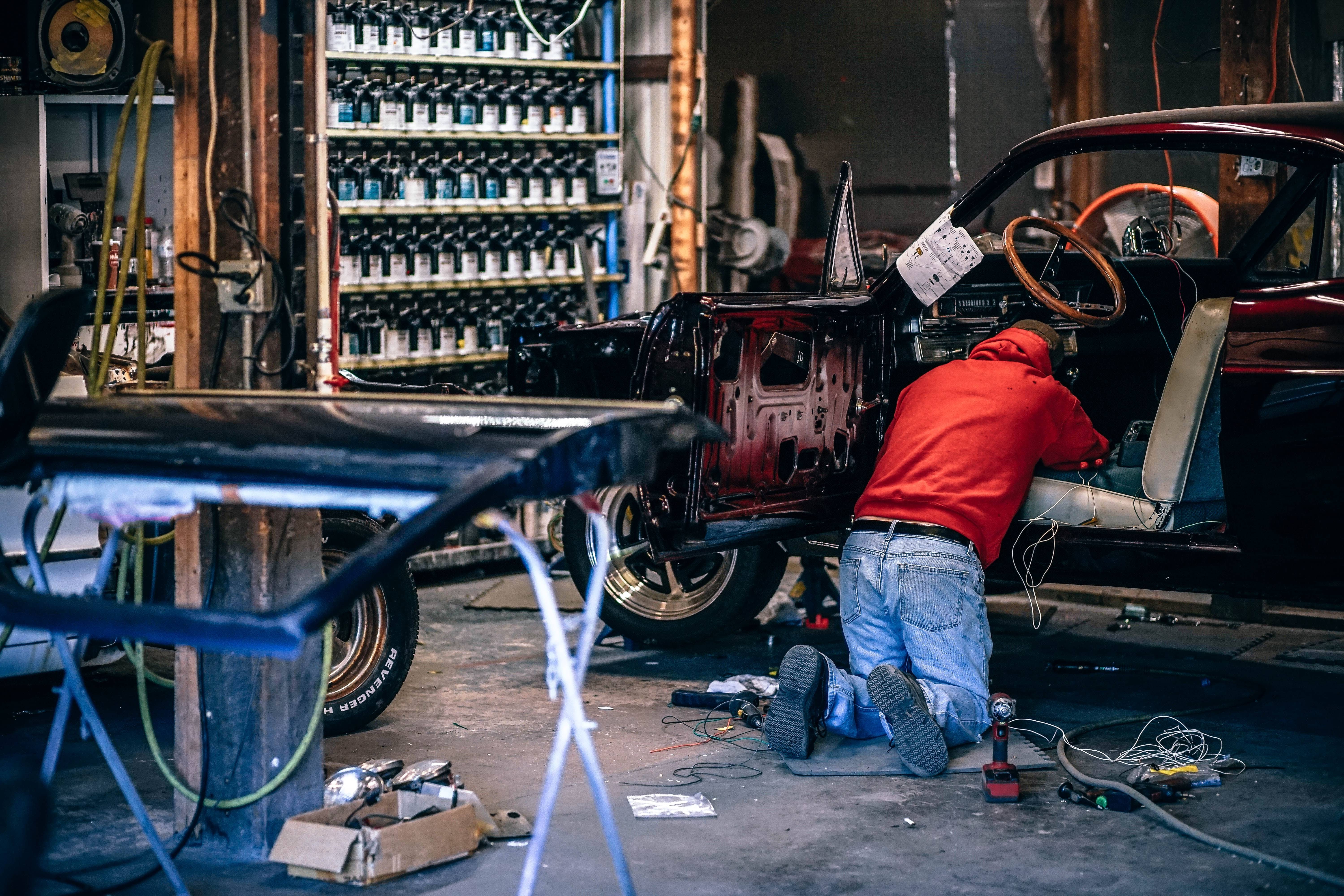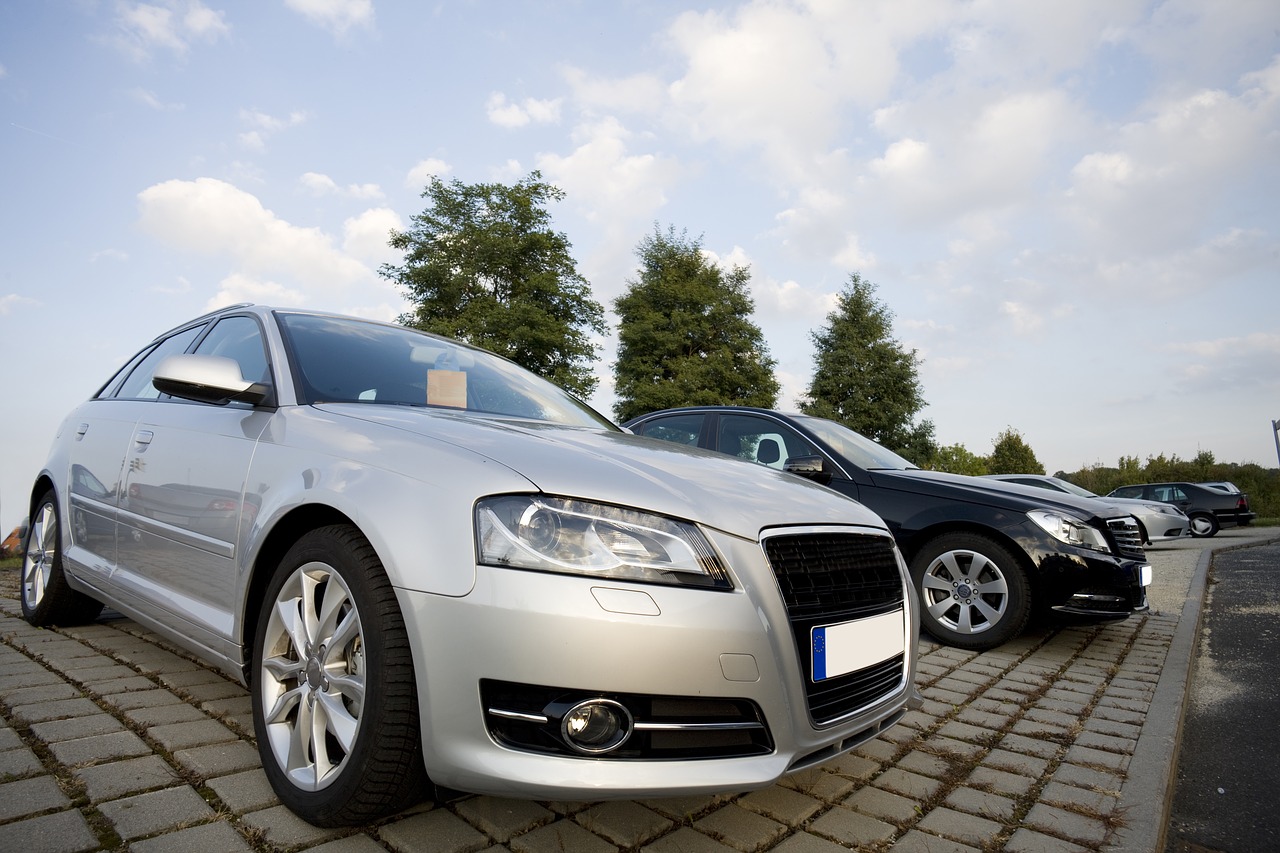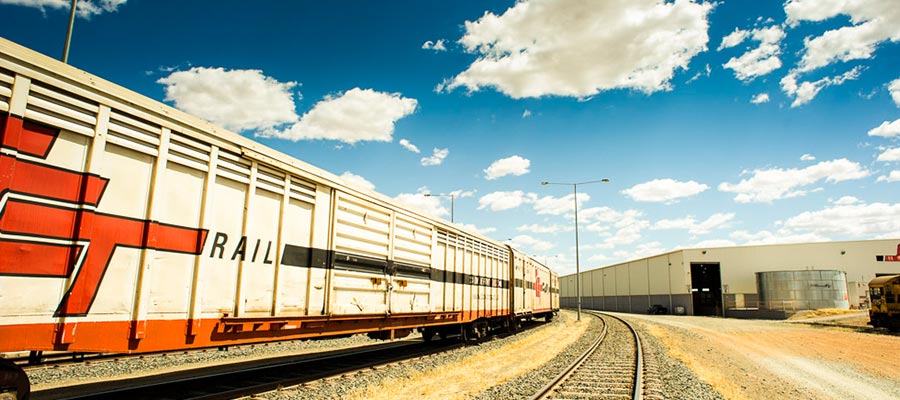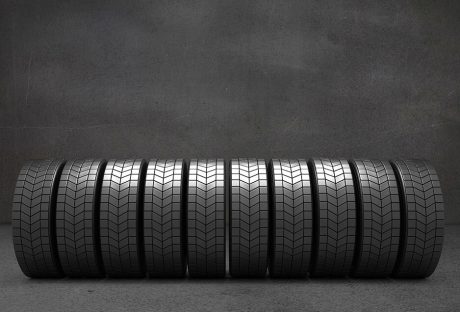The line dividing when to keep or get rid of your car is one of the less appealing aspects of vehicle ownership. Sometimes we just want to be told the answer ahead of time.
If you’re stuck between not knowing if you should take your car to an auto wrecker or to hold off just a little longer, here are a few guidelines that could shed some light on the answer you’re seeking.
Contents
Outweighing the Odds:
The first thing to consider is how much your car is actually costing you in repairs on a monthly to yearly basis. Is this quantity more than what it would cost to purchase a new car and pay a monthly payment?
If so, then it’s probably safe to say that you should invest into buying a new vehicle.
Of course, when balancing out these odds you must consider the insurance difference on a new car will be a lot more (with things like collision) than you might be paying currently. For the most part, if you’re already paying a whole bunch to keep it running, why not make the change for the better?
When Old Reliable Is Not So Reliable Anymore:
If your car is reaching the point where it’s peaking at 200,000 miles (125k kilometres) things are getting a little squeaky, and the check engine light isn’t turning off, then that’s a good sign the clock is coming down to the wire on making a new purchase.
Breaking down is no fun when it’s a late night after a long day of work and it’s the last thing you need in your life. And trust me, these things hit you when you least expect them to.
For you, is the main question what you’ll be fixing next? If yes, then your car is past its prime.
With older vehicles, the engine and the transmission are likely to begin causing problems. Therefore, if you want to save yourself the trouble and the late night anxiety then scrapping is the best option here.

Photo by Dietmar Becker on Unsplash
Looks, Matter:
Sometimes it’s not always about the inside, but the outside too.
With appearances, compromised vehicles are those that show signs of rusting on the exterior. If you don’t mind this, then you should just be concerned about the parts below your car that are showing signs of rust and could become compromised.
Aside from deteriorating metal, some of us actually want to look good when we’re driving around. If you feel like your car isn’t up to your standards, or the bodywork and chasey is beyond repair, why not trade it in for something newer?
Get it While You Can:
Trading in your used vehicle may be the last thing your car will ever give you. Whether it’s a little or a lot is up to you, depending on how long you wait or not.
While your car is still worth something, sometimes it’s better to trade it in than to wait until its worth next to nothing. What you should do at this point is check your incentives and approach certain dealerships to see what they would offer. And if the timing seems right, then so be it!
Making the Right Trade:
All of this information would be useless if you traded in your car for something of the same quality. Therefore, the most useful tip to give is to really consider the car you’re going to purchase in place of your scrapped one!
If you are basing your reasoning on getting a newer vehicle because the payments will be equal to the repairs, then make sure that your new car won’t need any of these same repairs.
Furthermore, if going through a dealership, make sure to have them provide free maintenance and oil changes for the next one or even two years, just to ensure that your trade is going to be worth it.
Read Also:























